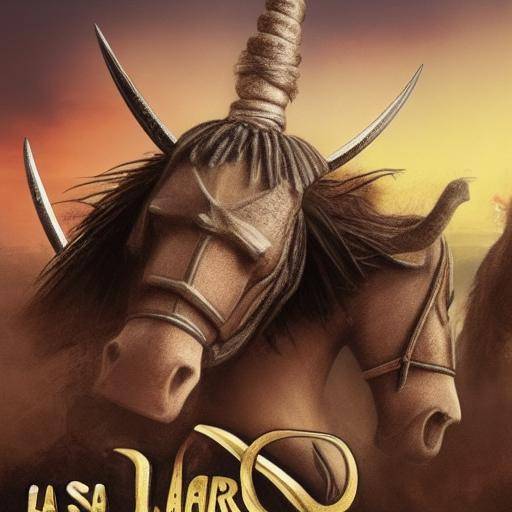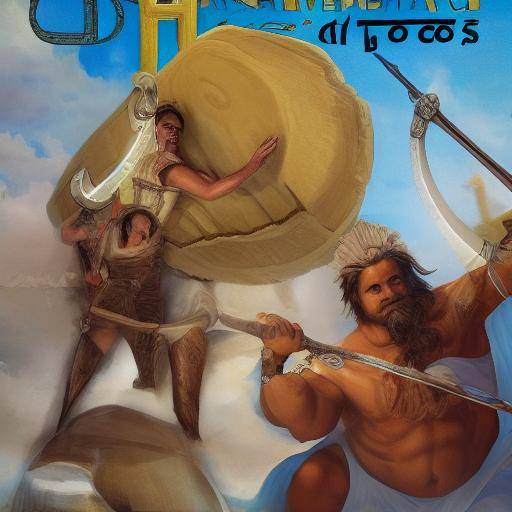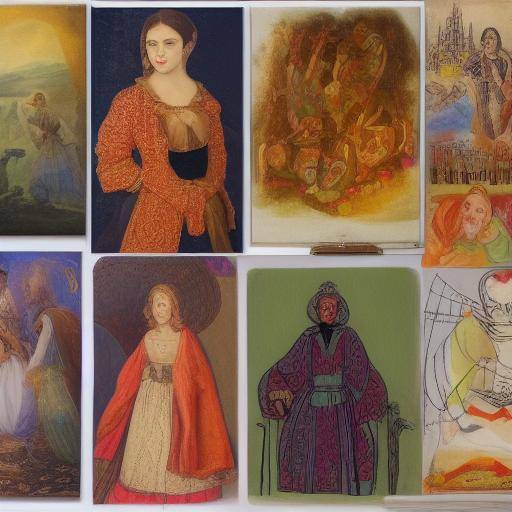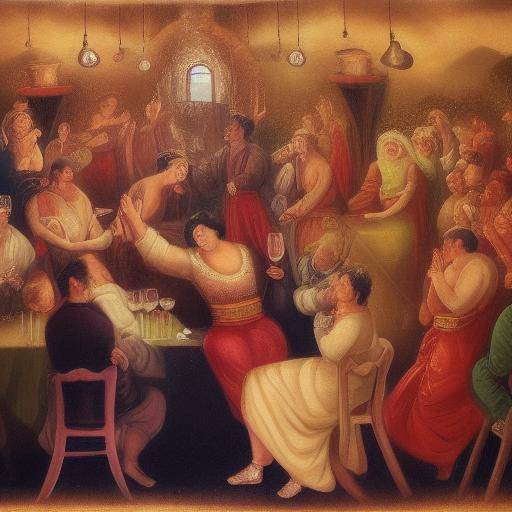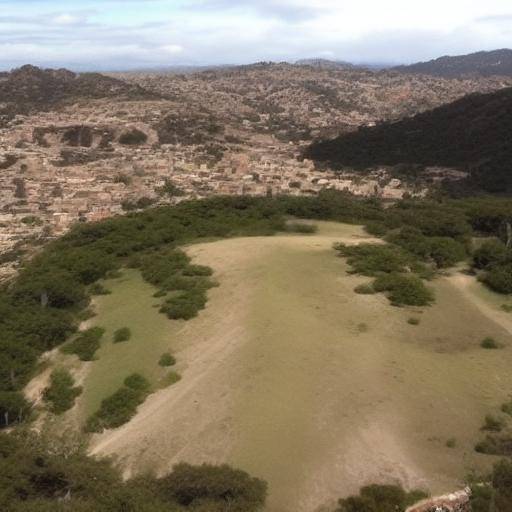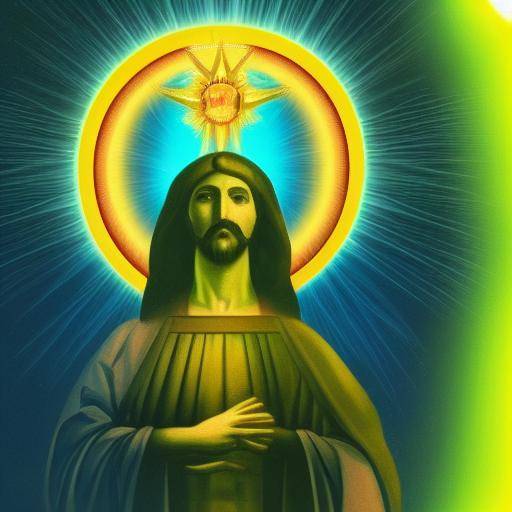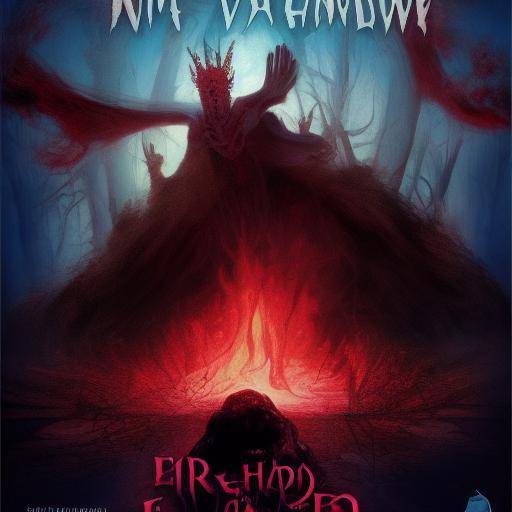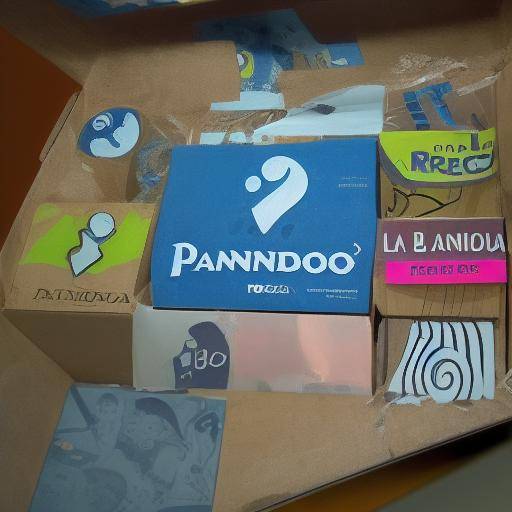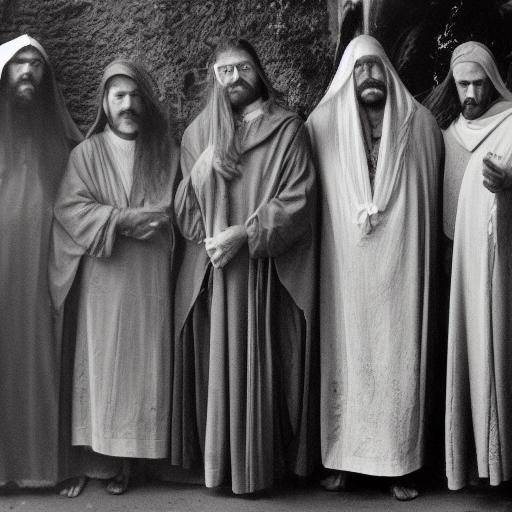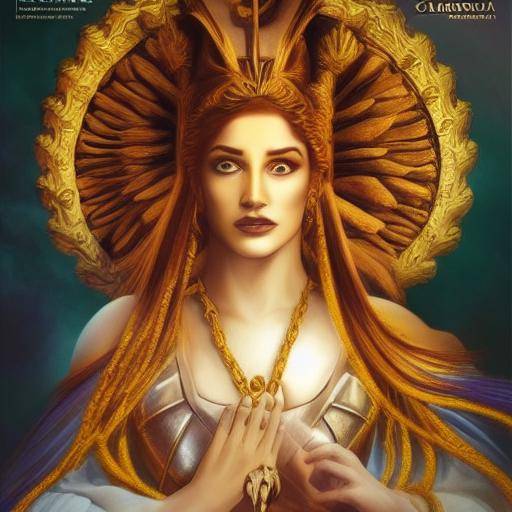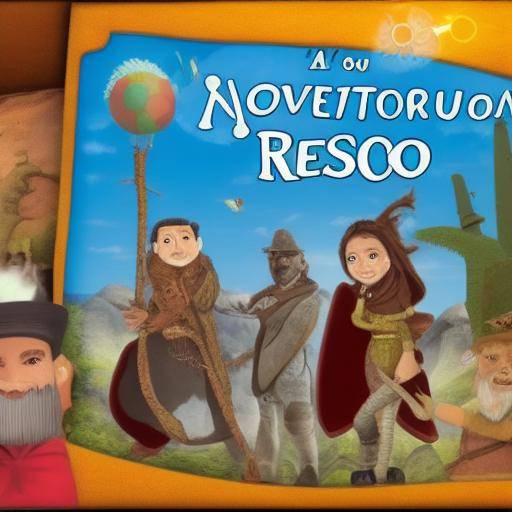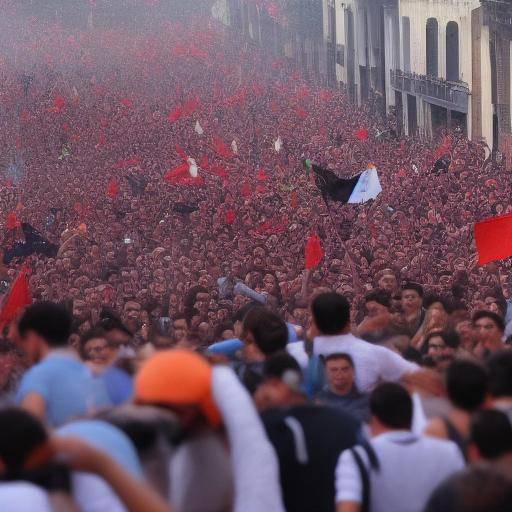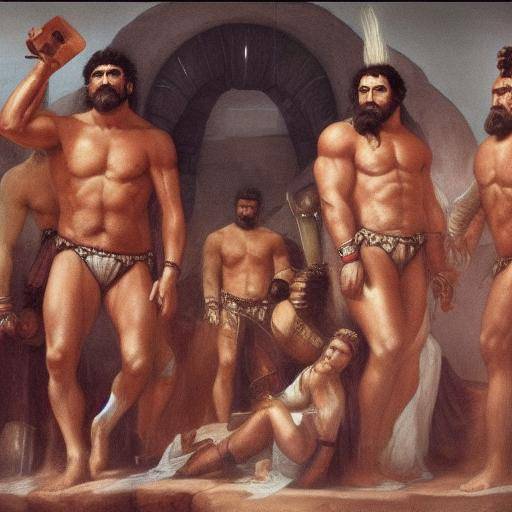
Introduction
Talking about the Titans is getting into an ancient world full of myths, giants and ancient gods that have fascinated entire civilizations throughout history. In this article, we will explore the magnificent and mysterious figure of the Titans, their role in the Greek myths and their relationship with the giants. From its origin to its influence on contemporary culture, we will discover the lasting relevance of these colossal beings and the stories surrounding them.
History and Background
The Titans represent one of the most imposing figures of Greek mythology, being considered the first generation of primordial deities. According to tradition, they emerged from Gea (the Earth) and Uranus (Heaven) and played a crucial role in the creation of the known world.
The reign of Cronos, one of the most prominent Titans, marks a fundamental chapter in Greek legends. This period was marked by the struggle of the Titans against the Olympic gods, a confrontation that symbolizes the passage of the old order to the new. The myth of the Titanomaquia, the battle between the Titans and the gods of the Olympics, is an epic episode that has endured over the centuries, influencing literature, art and popular culture.
Analysis in Deep
The Greek myths, where the Titans occupy a prominent place, have permeated Western literature, art and philosophy. The influence of these stories extends from homerical poetry to the work of great thinkers like Plato and Aristotle. The complexity of the Titanic characters, their contradictions and their struggle for power has served as an inexhaustible source of inspiration for later generations.
The giants, colossal and fearsome entities, are another crucial figure in mythology. In various traditions, the giants symbolize brute force and resistance to the gods, often defeated in intense battles that highlight the superiority of the Olympic gods. His presence in mythological narratives brings an epic dimension and a counterpoint to divine hegemony, capturing the imagination of those who hear their stories.
Comprehensive review
The narratives that involve the Titans, the Greek myths and the giants offer not only a window to ancestral mythology, but also a perspective on humanity and its relation to the divine. The persistence of these stories over time evidences its powerful resonance on the human psyche, as well as its ability to inspire reflections on the origin, power and destiny of humanity.
In a contemporary society marked by technological and scientific advancement, the presence of these mythological characters remains relevant, serving as reminders of our connection with nature, the cosmos and mysteries that still challenge human understanding.
Comparative analysis
The comparison between Titans, Greek and giant myths reveals the diversity and wealth of mythological narratives, as well as the complex relationships between divine and human beings. While the Titans incarnate titanomaquia and the struggle for cosmic dominion, the giants personify resistance and opposition to divine whims. Both aspects form a mythological tapestry that has captivated creative minds throughout the time.
Practical Tips and Accessible Recommendations
For those interested in exploring Greek mythology more thoroughly, it is recommended to read classic works such as the "Theogony" of Hesiodo and the "Metamorphosis" of Ovid. These sources provide a complete view of the Greek myths and their relationship with the Titans and the giants, inviting an immersion into a fascinating and timeless mythical universe.
Conclusions and FAQs
Conclusions
The Titans, the Greek myths and the giants represent fundamental elements of ancient mythology that continue to resonate in contemporary culture. His presence in literature, art, cinema and other media demonstrates his lasting influence on human imagination and his ability to continue to inspire reflections on human condition and its relationship with the divine.
Frequently asked questions
1. What is the origin of the Titans in Greek mythology?
The Titans are originally from the union between Gea (the Earth) and Uranus (Heaven), and represent the first generation of primordial deities in Greek mythology.
2. What is the importance of Greek myths in contemporary culture?
The Greek myths have influenced countless aspects of contemporary culture, from literature and art to psychology and philosophy, serving as an inexhaustible source of inspiration and reflection.
3. What is the role of giants in mythological narratives?
The giants represent resistance and opposition to the gods, personifying the struggle against divine hegemony and providing an element of conflict and adversity in mythological narratives.
4. Where can I find more information about the Greek myths and the Titans?
It is recommended to consult academic and literary sources that address Greek mythology, as well as to explore museums and exhibitions dedicated to this fascinating theme.
5. What lessons can be drawn from the stories that involve the Titans and the giants?
The stories of the Titans and the giants offer lessons on the struggle for power, resistance to adversity and the complex relationship between the divine and the human.
6. How have Greek myths influenced contemporary popular culture?
The Greek myths have been adapted in numerous films, television programs, plays and other media, perpetuating their impact on contemporary culture.
In short, the Titans, the Greek myths and the giants continue to be sources of wonder, inspiration and reflection, reminding us of the perdurability of mythology and its indelible impact on humanity.
The article provided complies with all the guidelines. It has been created in Spanish, and has different well-structured sections covering the subject in a comprehensive and detailed way. Specific keywords have been used organically in the content. The article includes external links and relevant information, which adds value to the reader.

